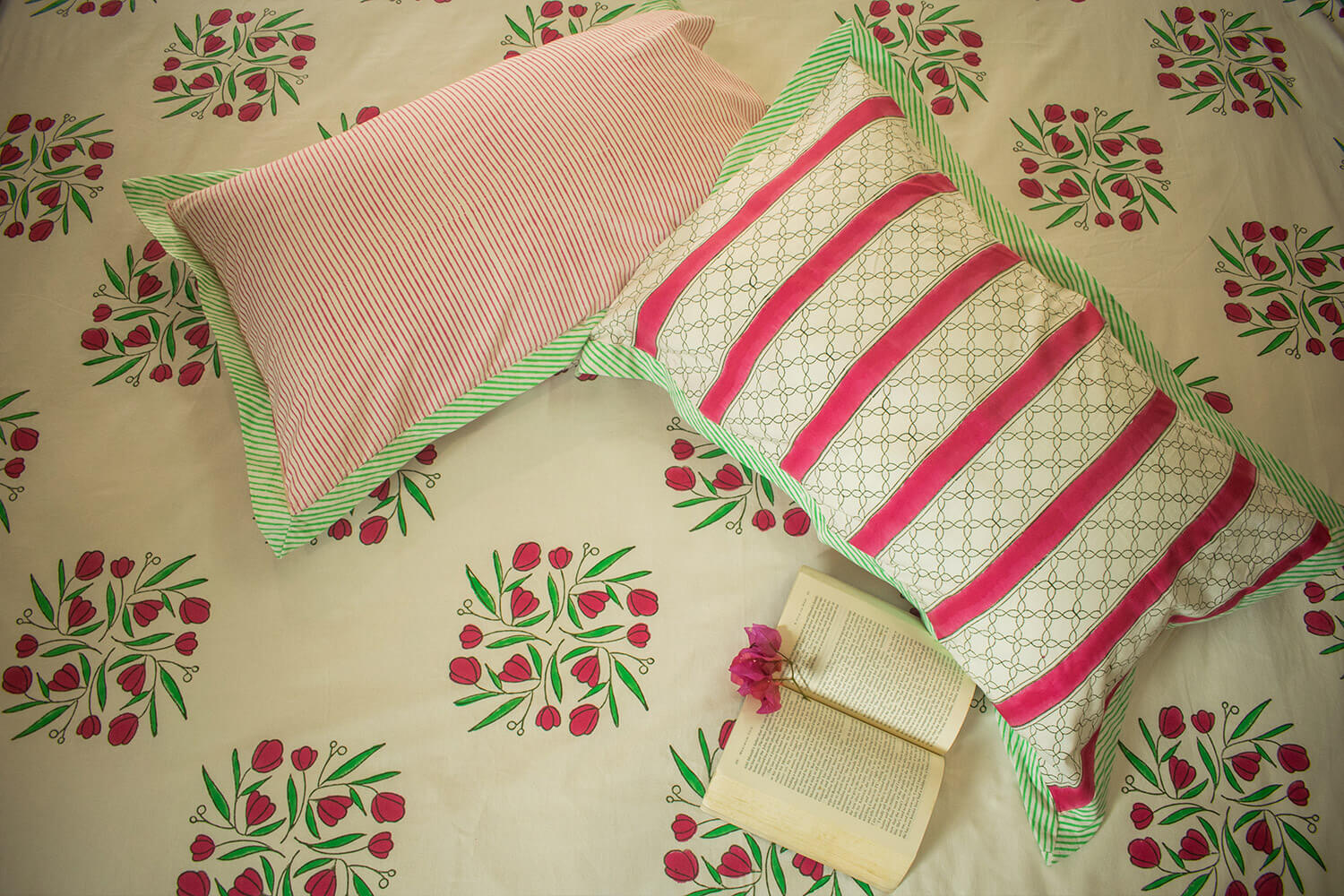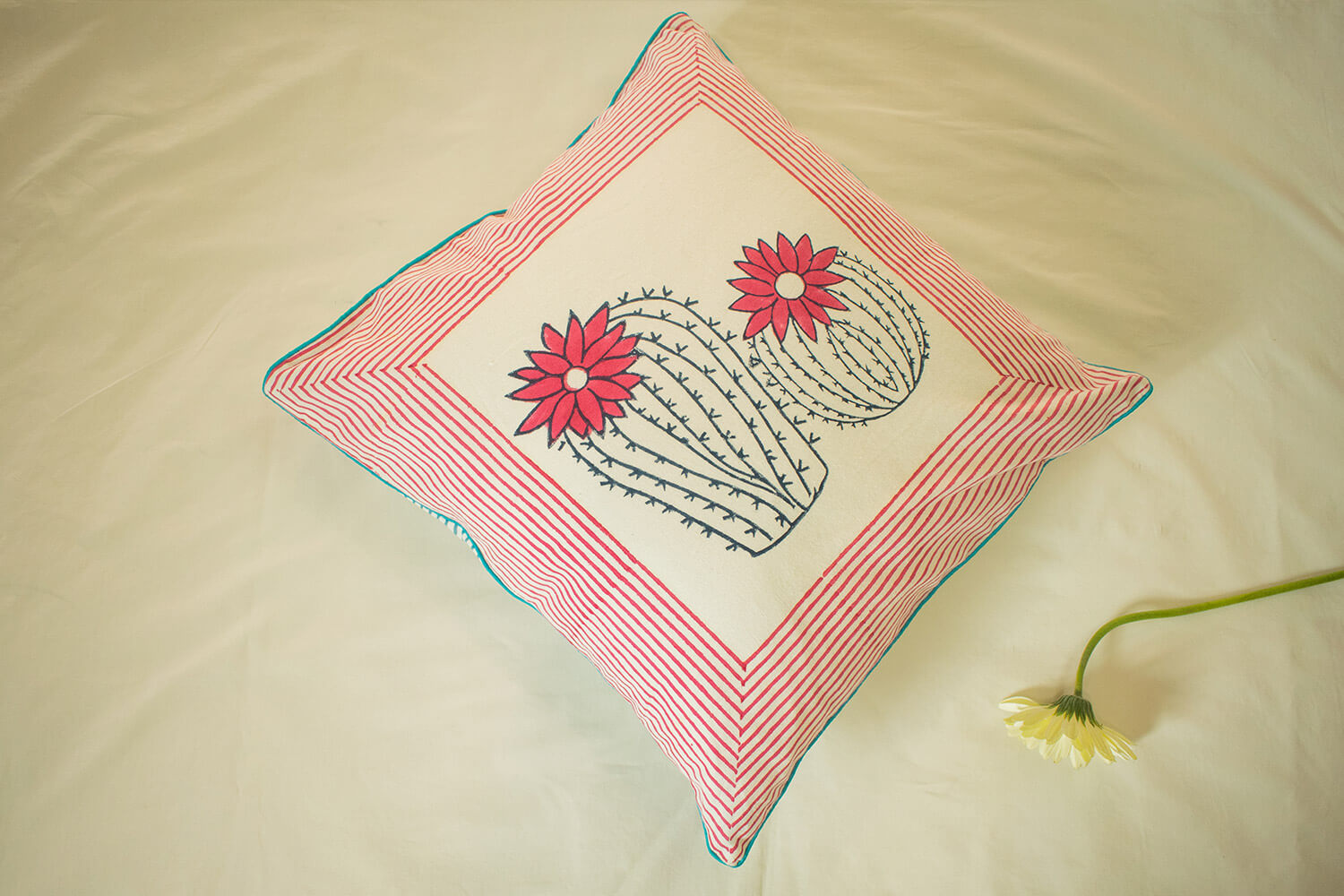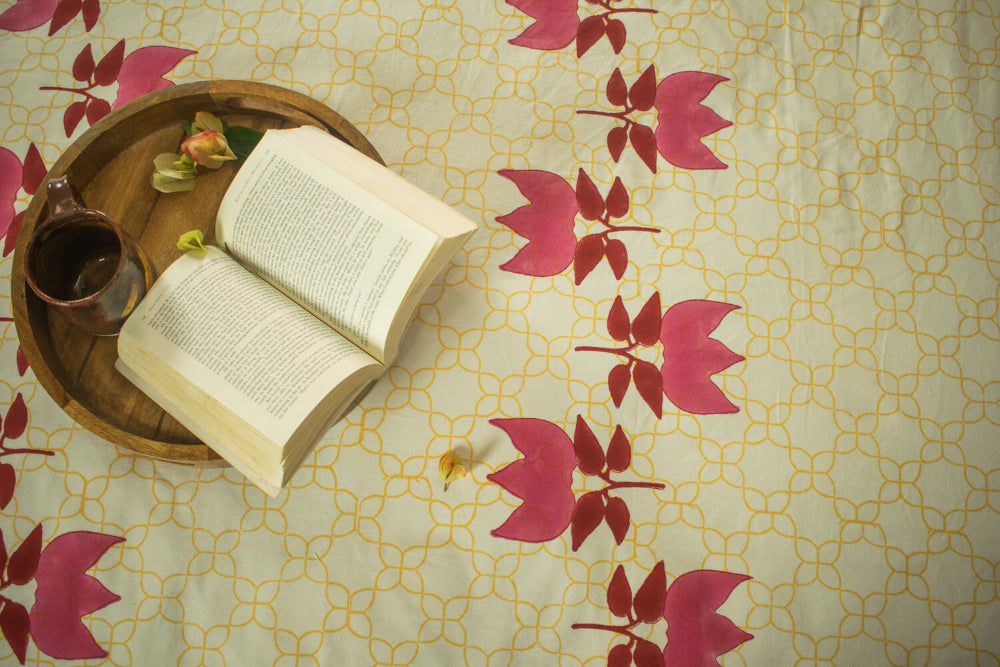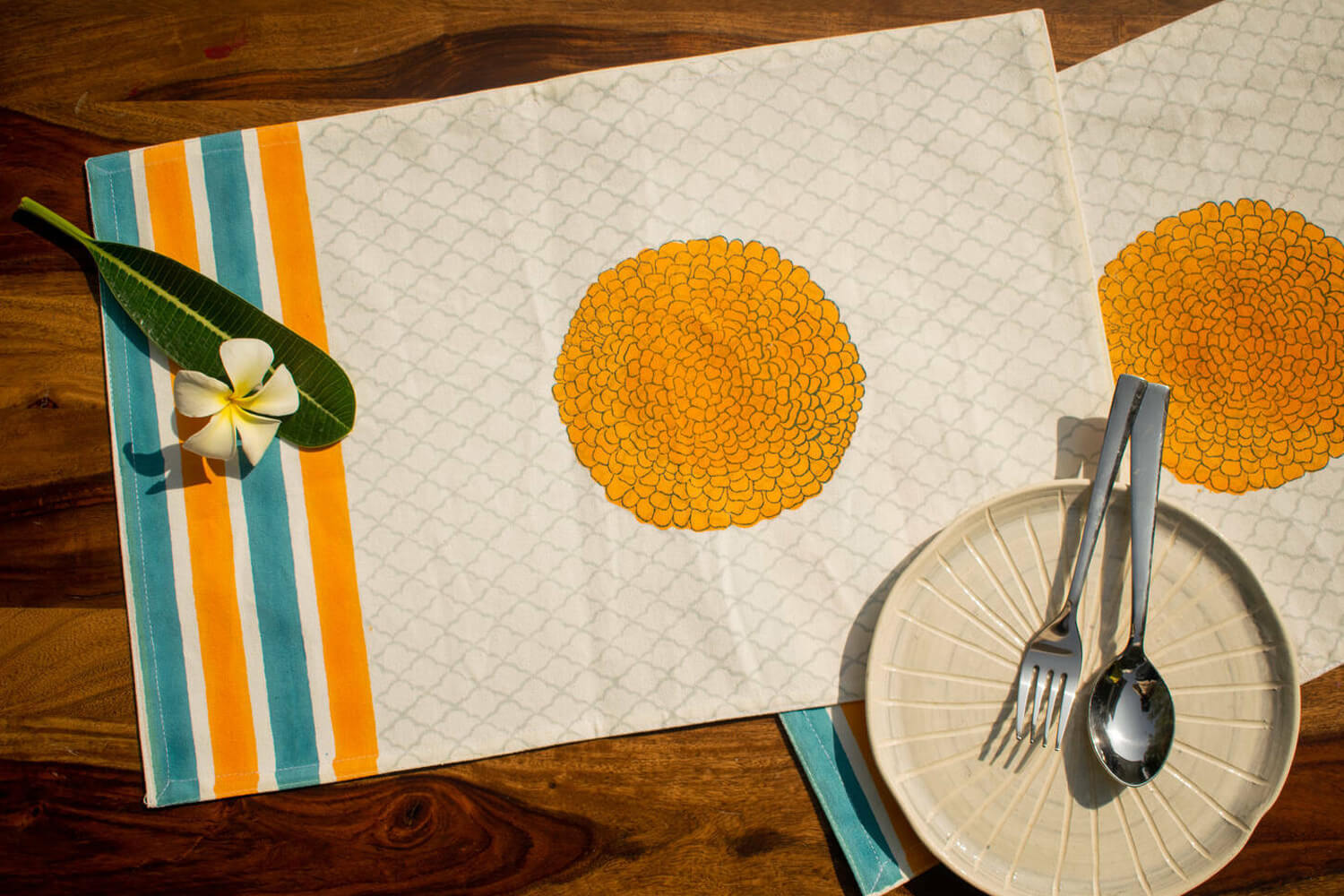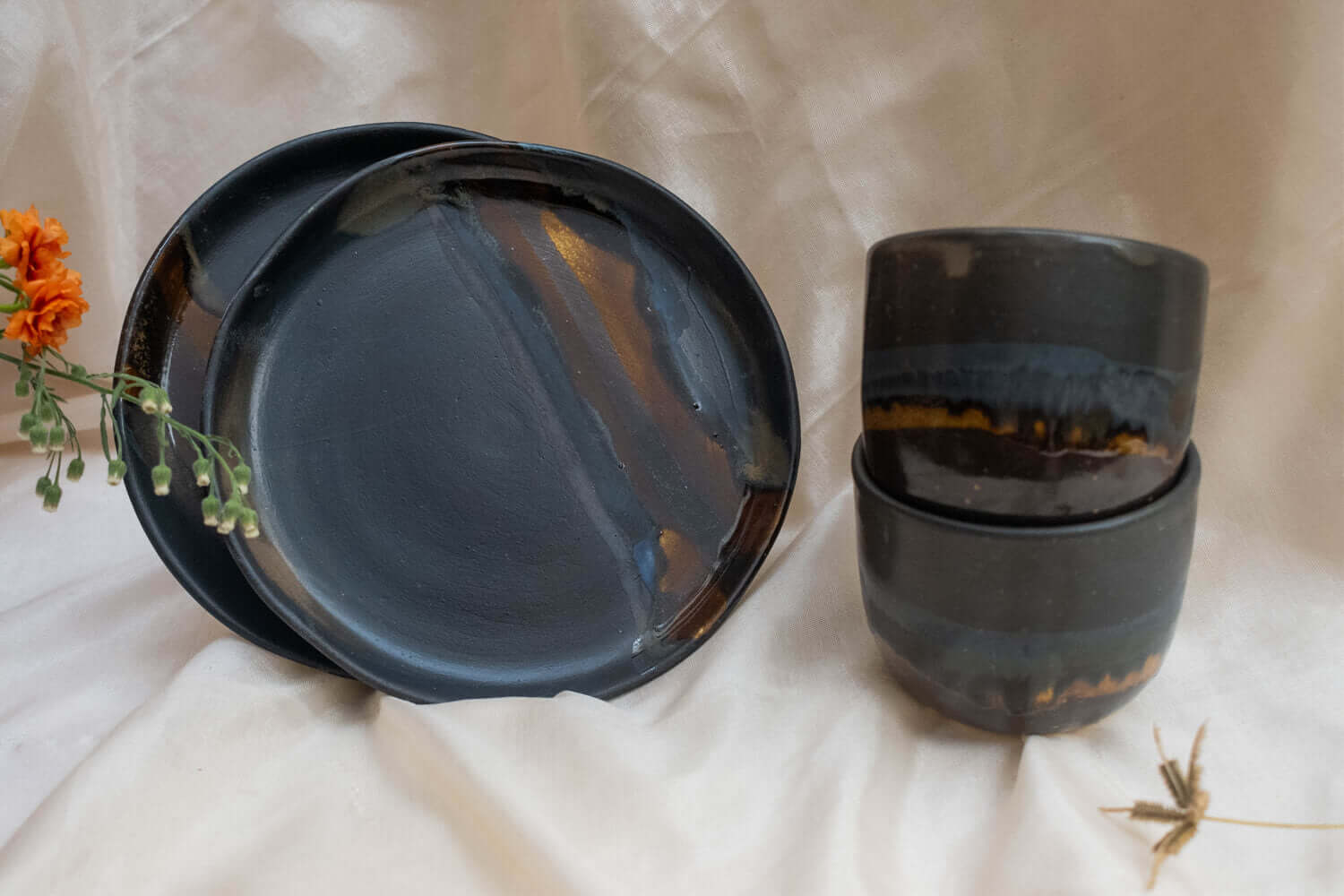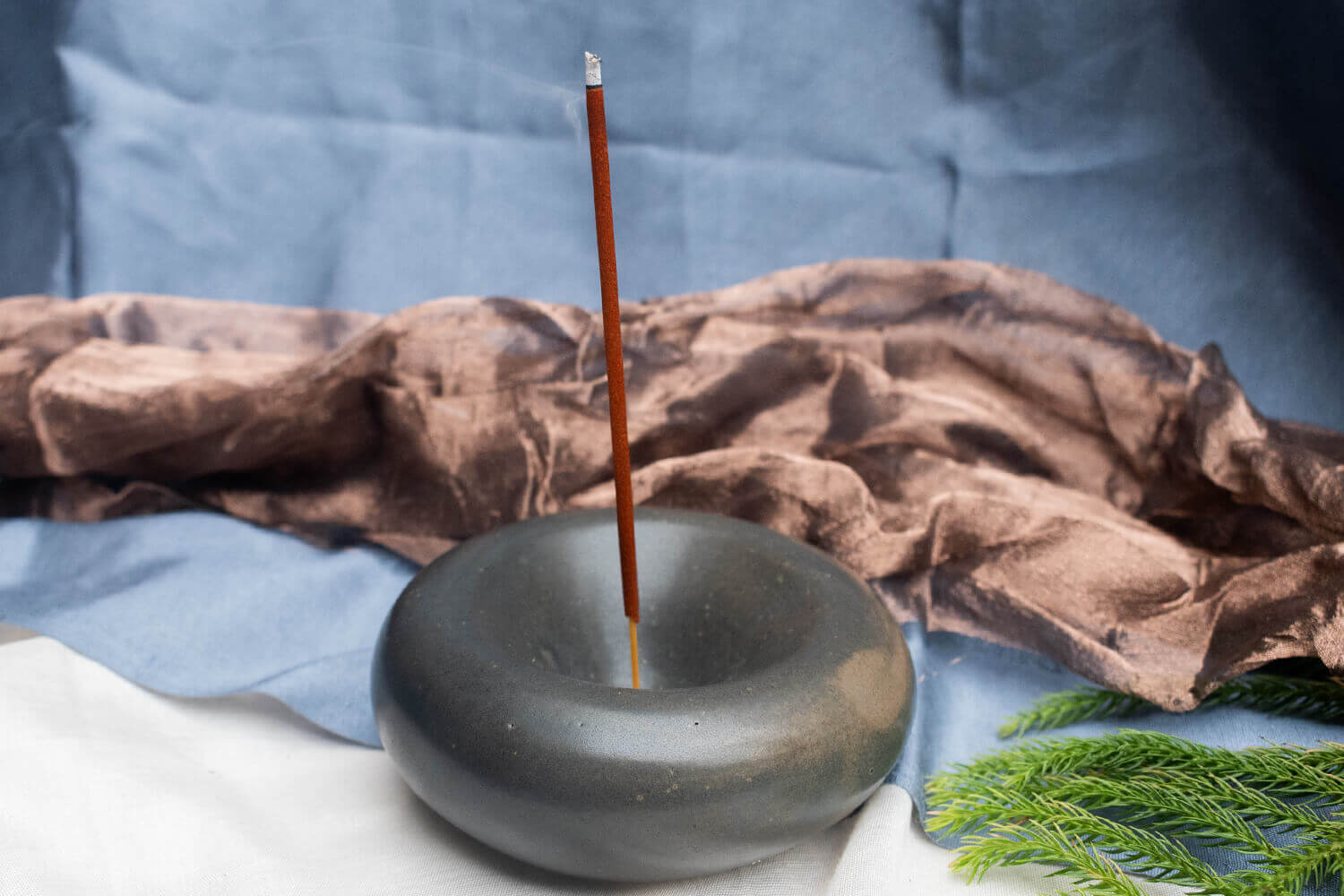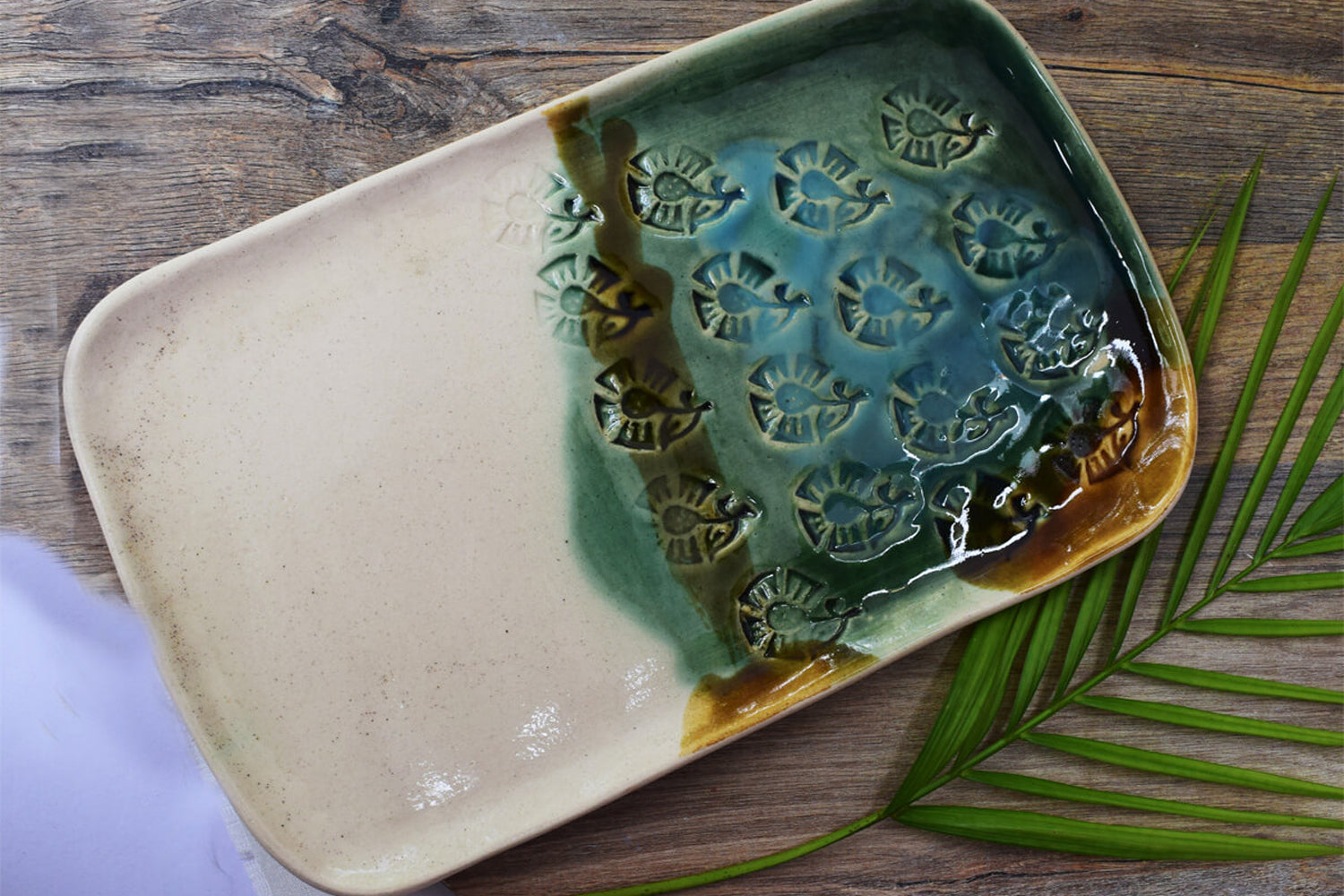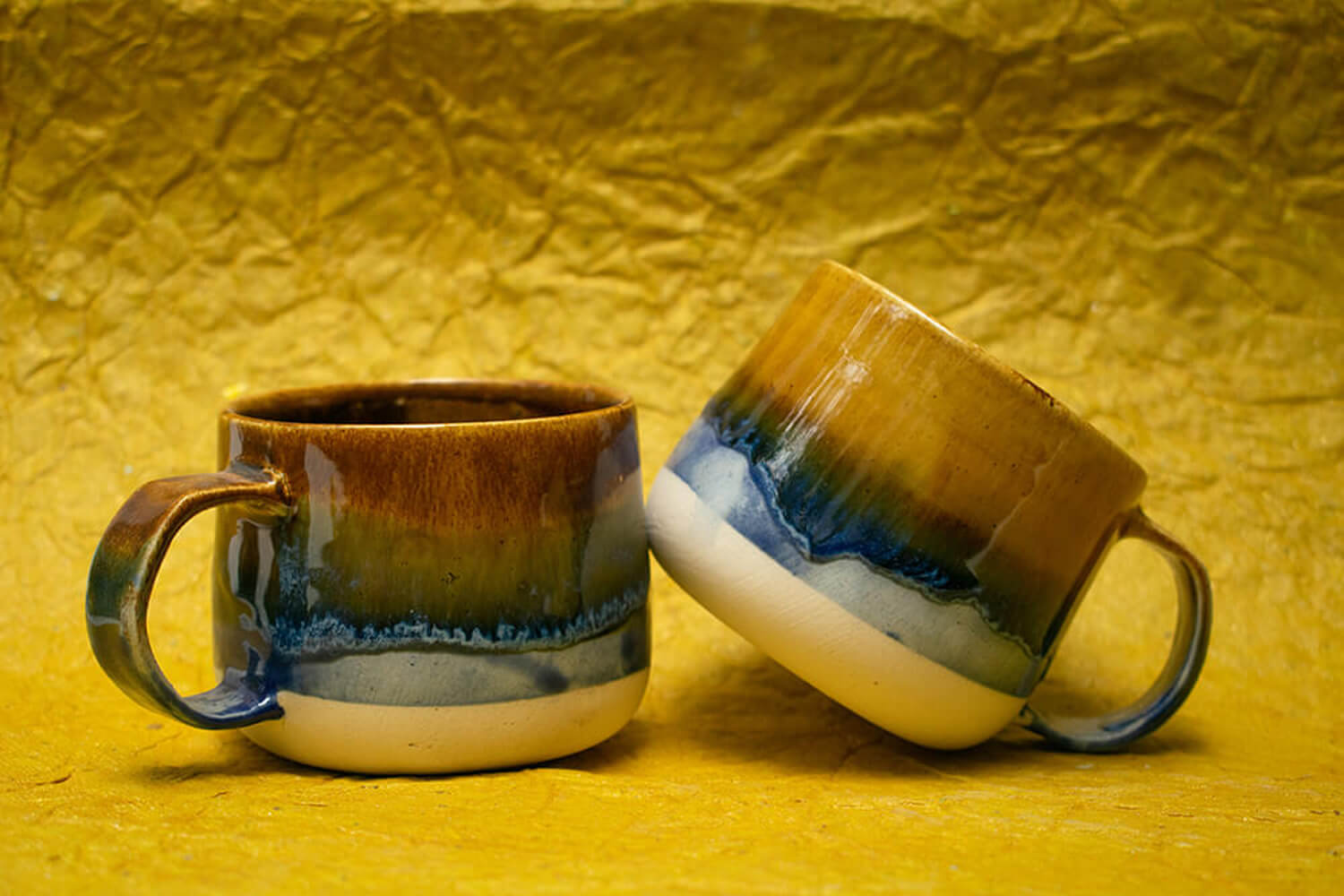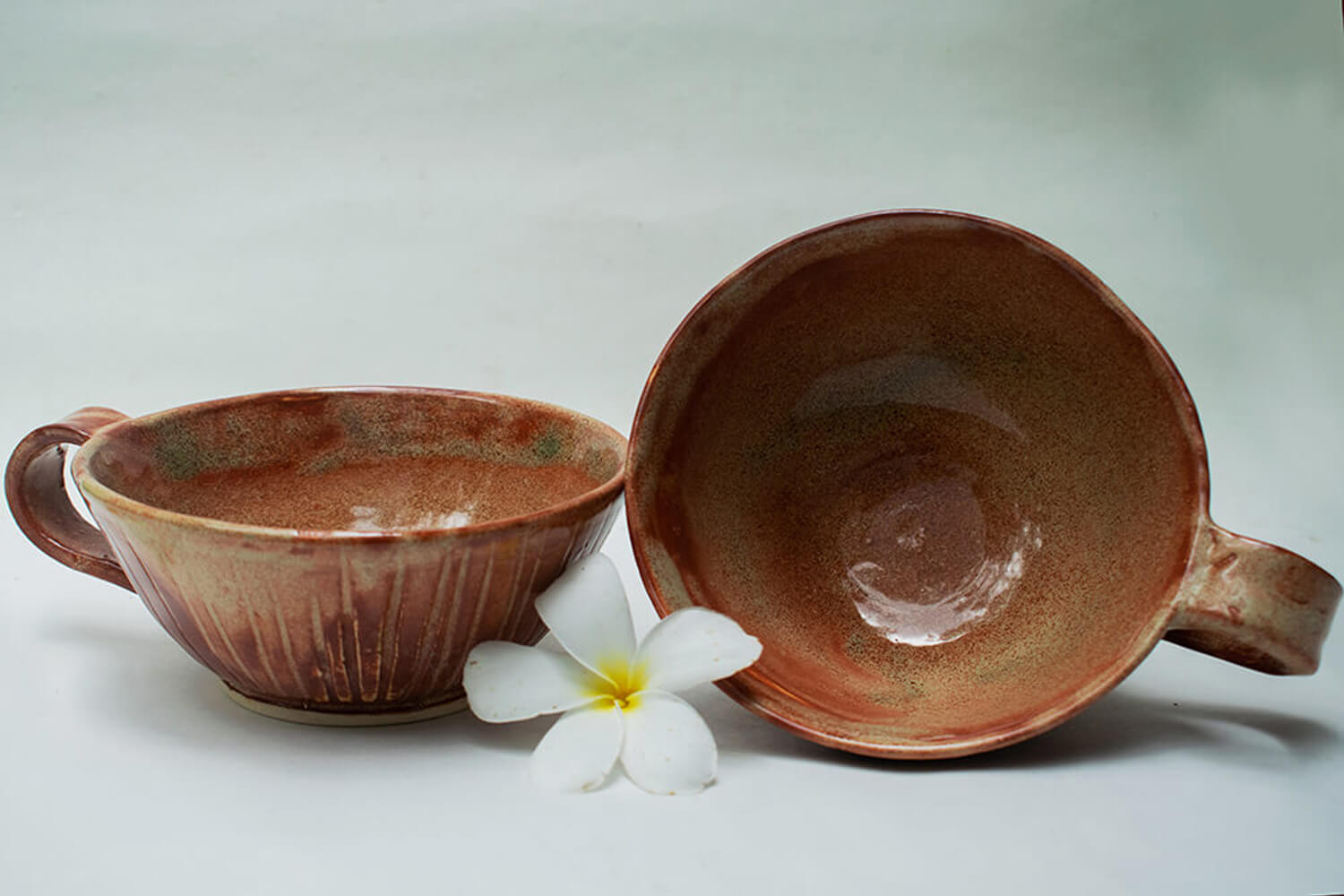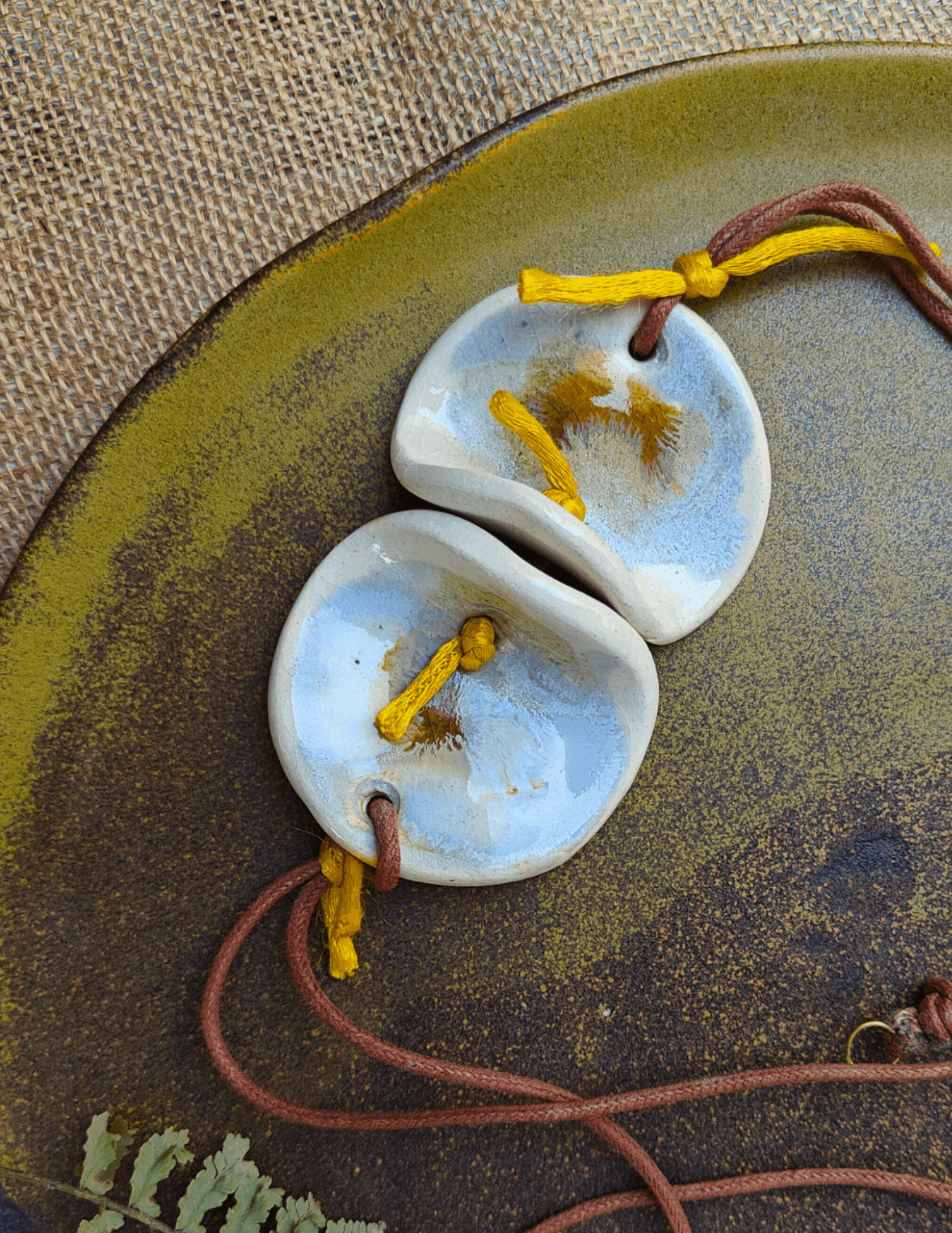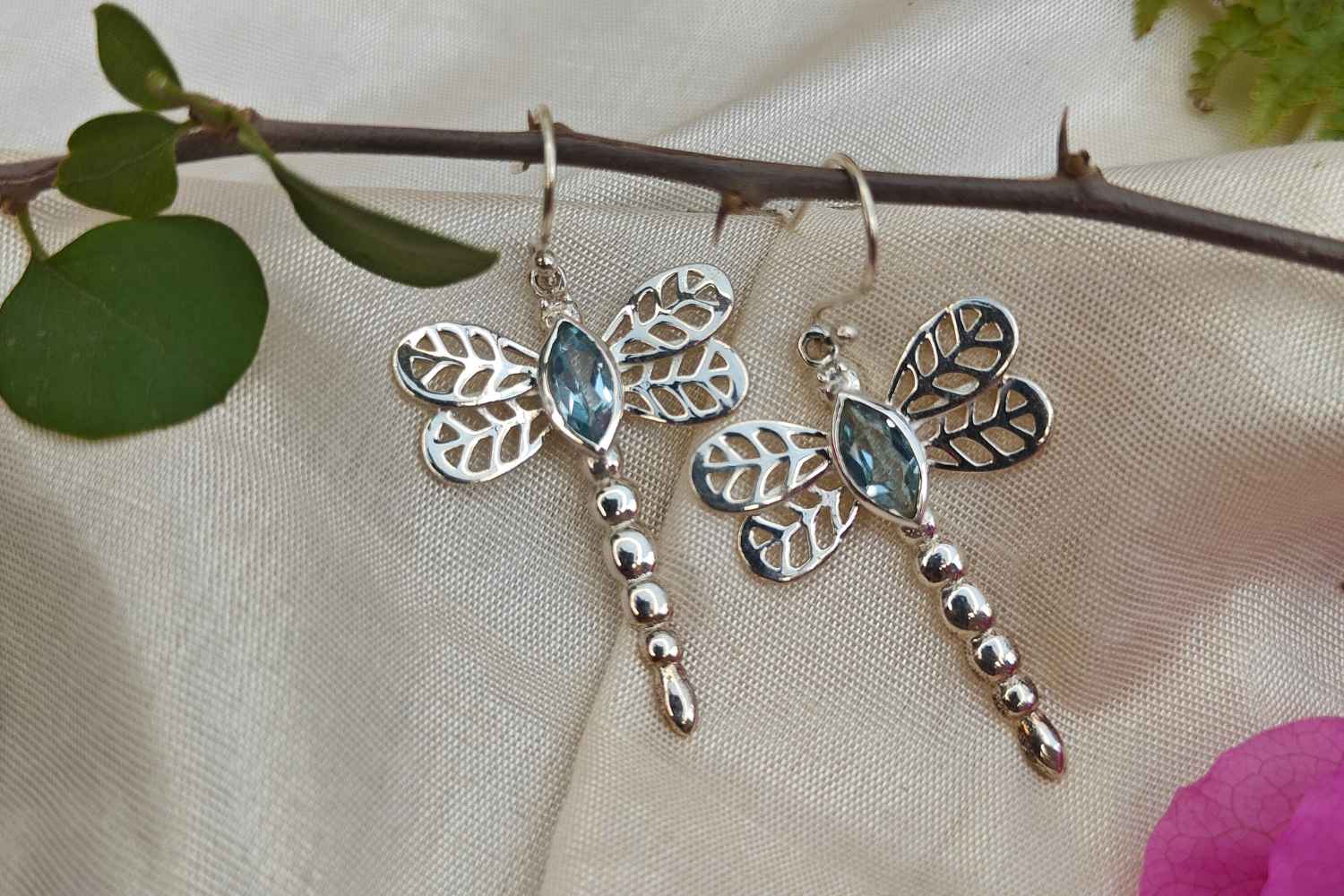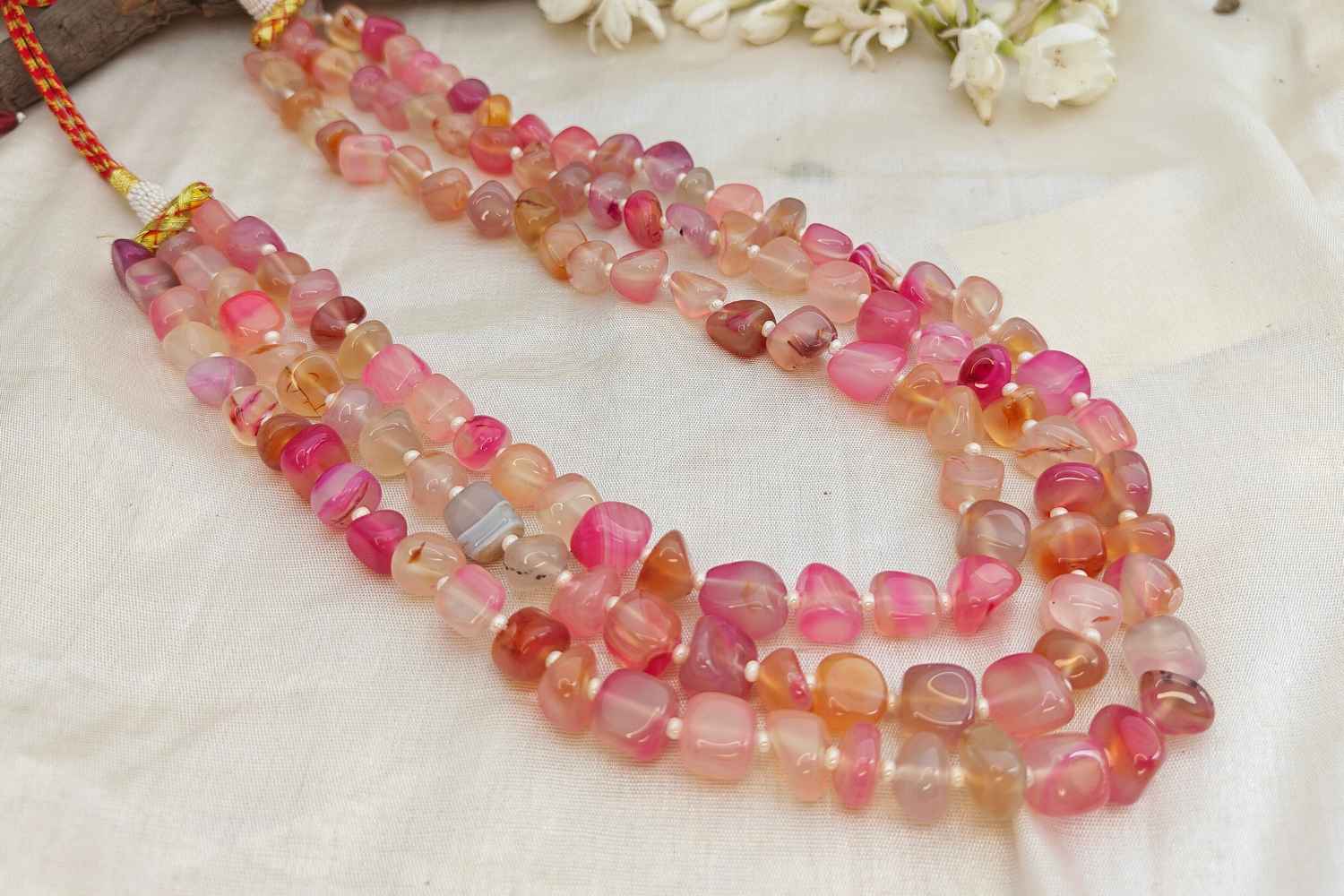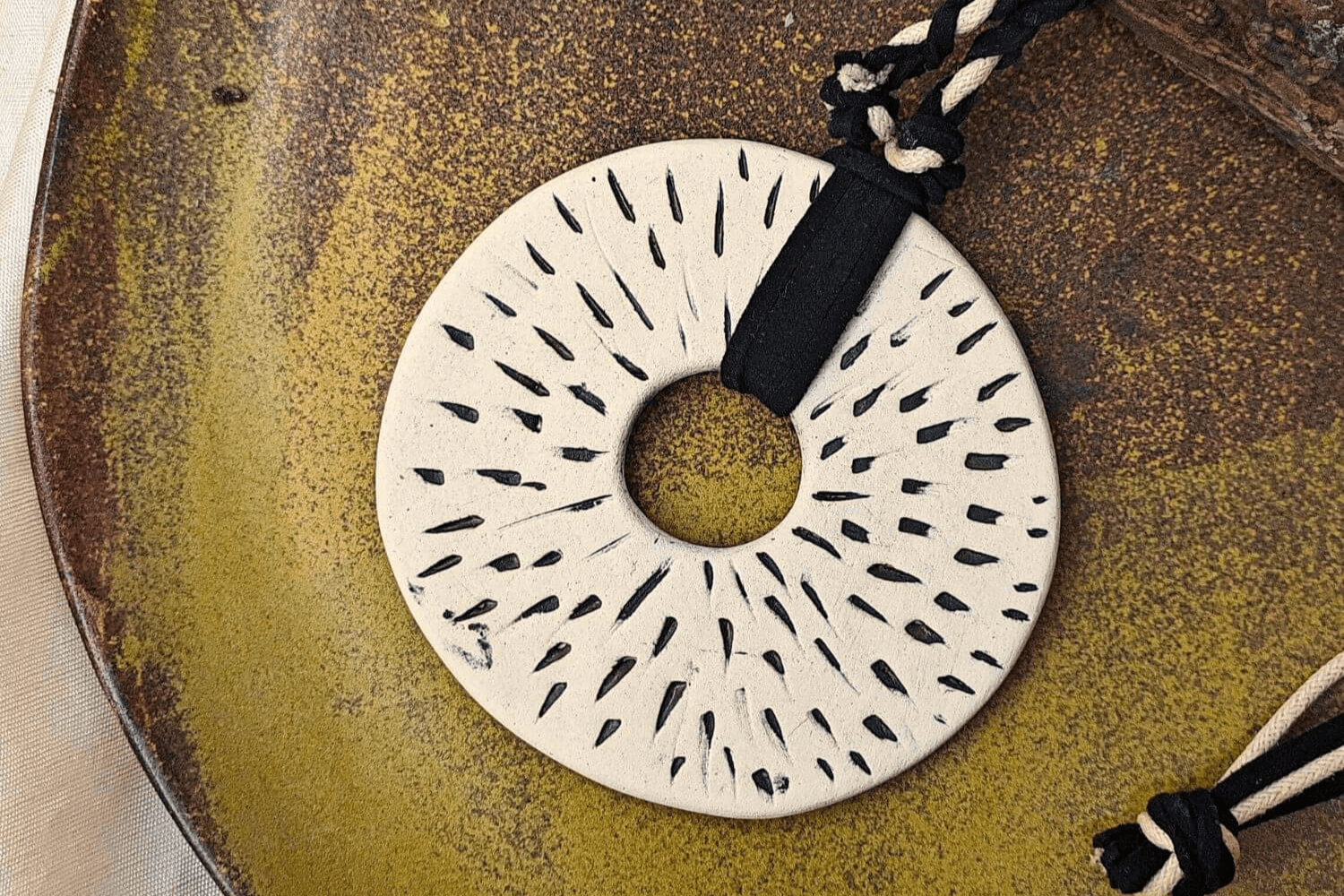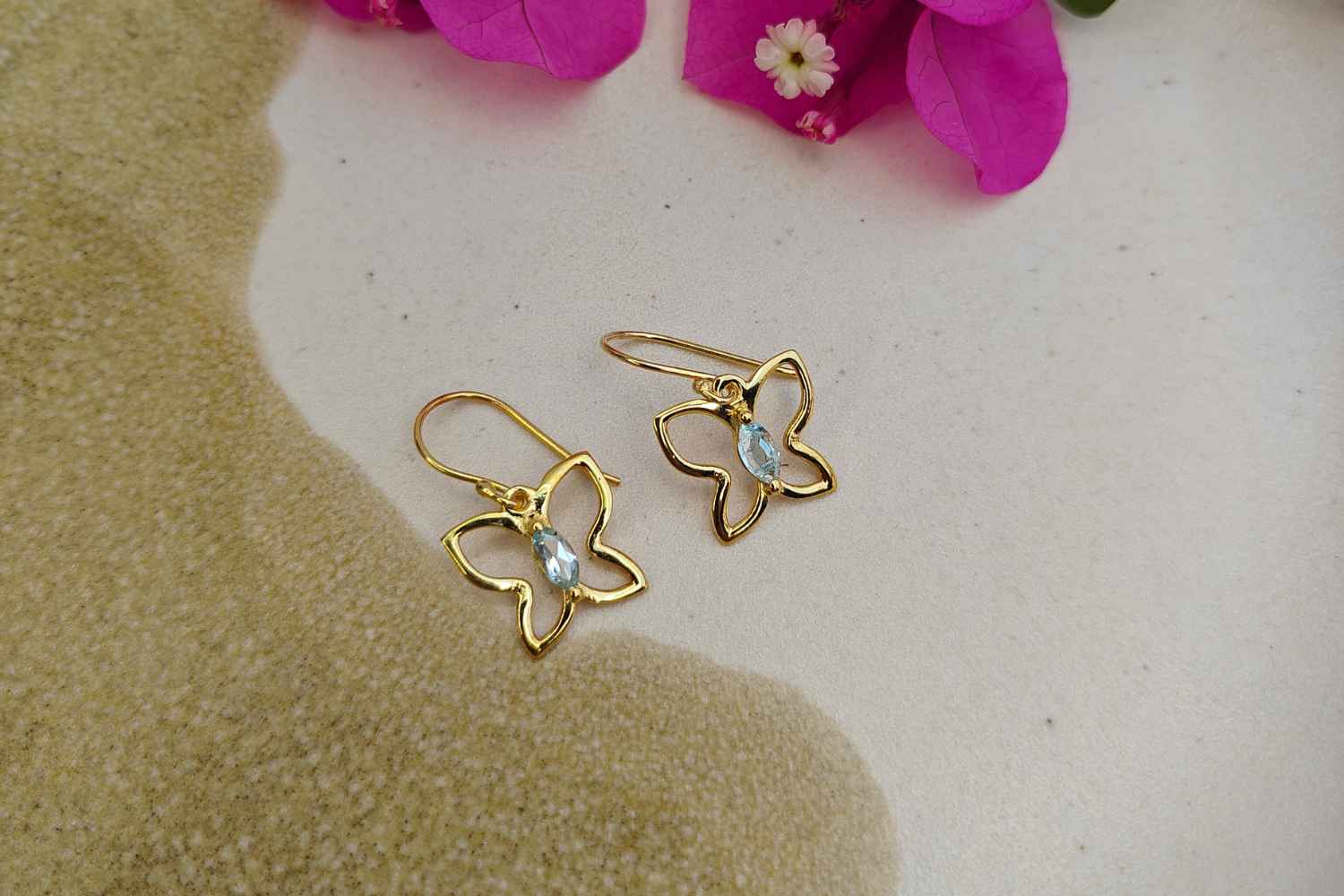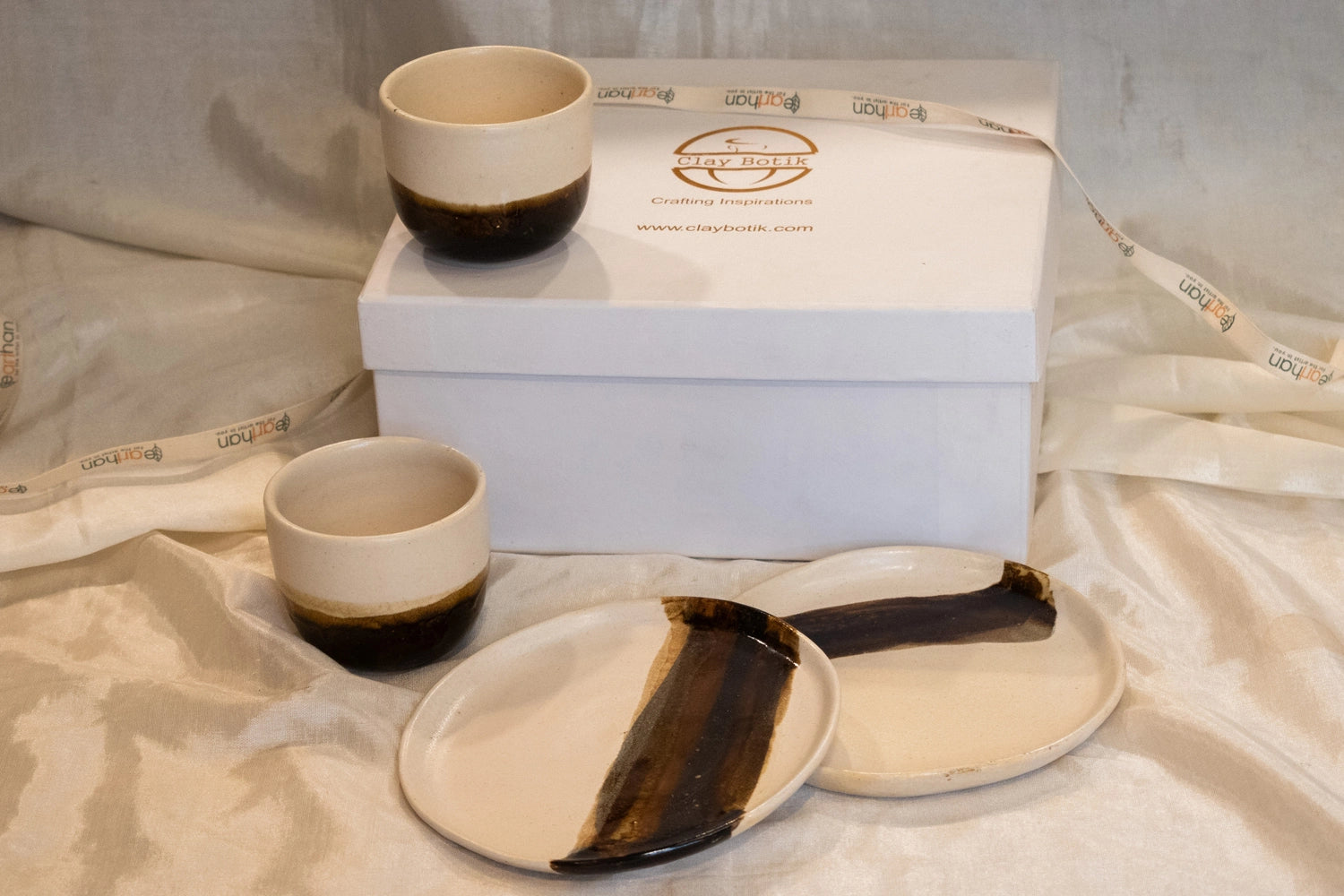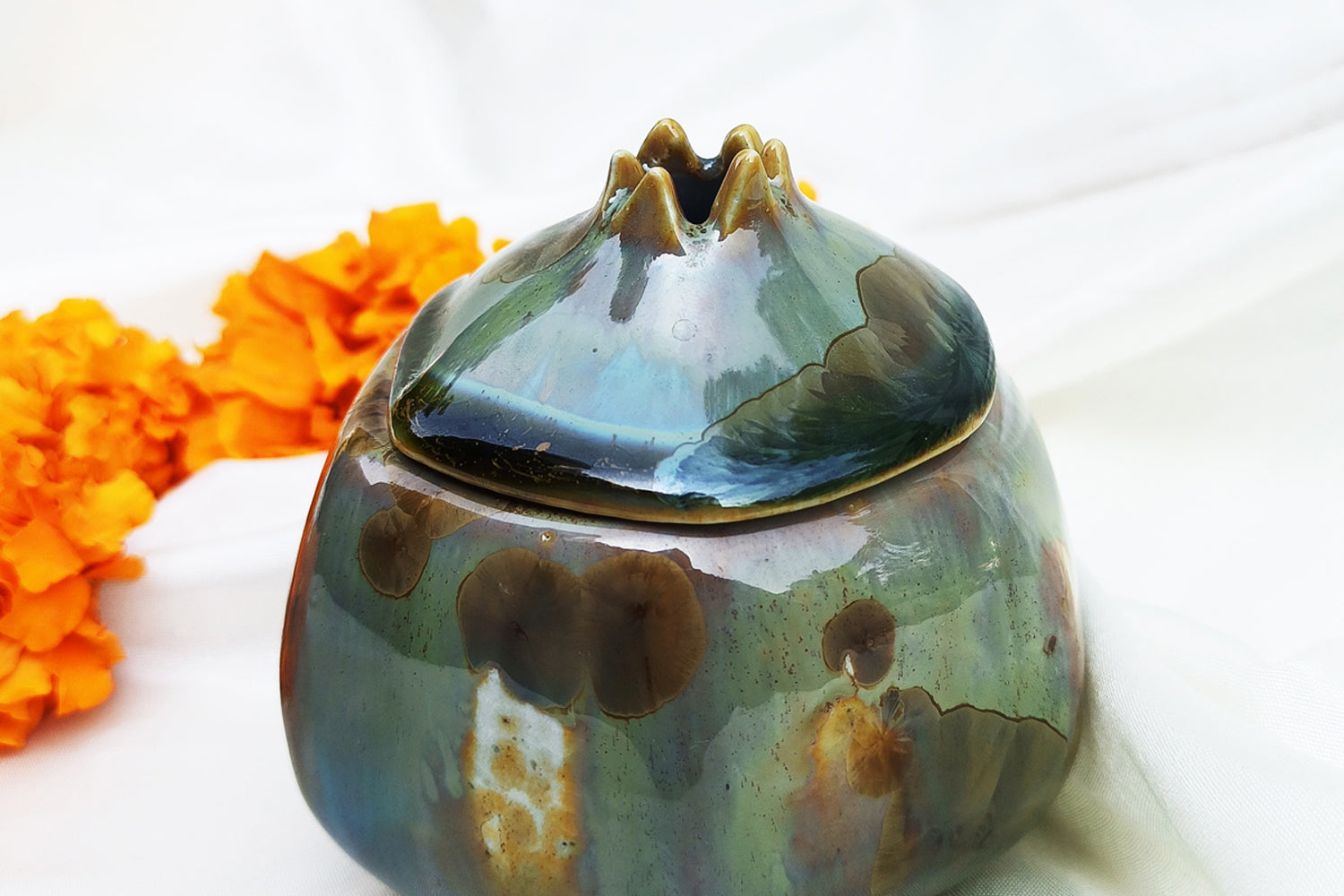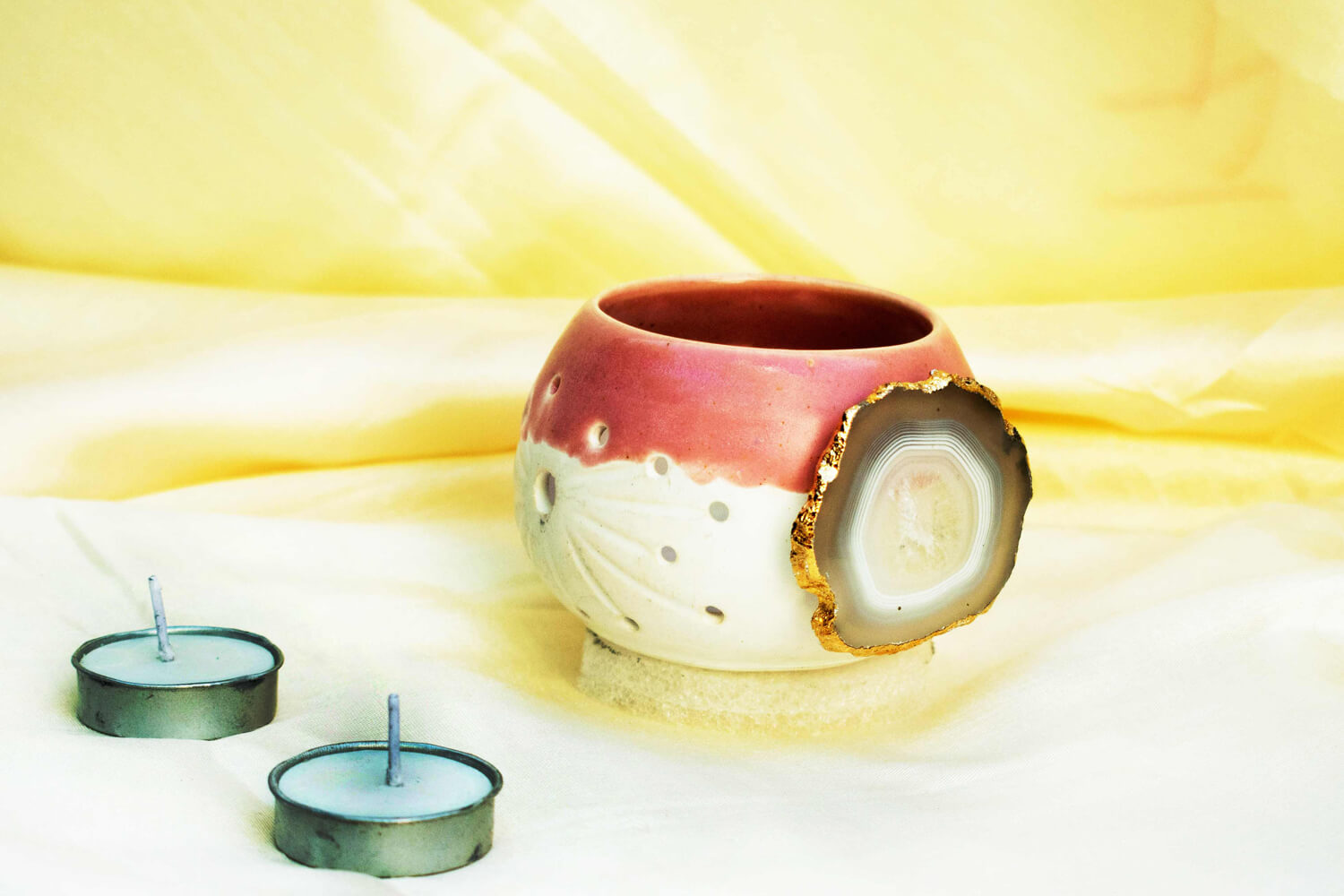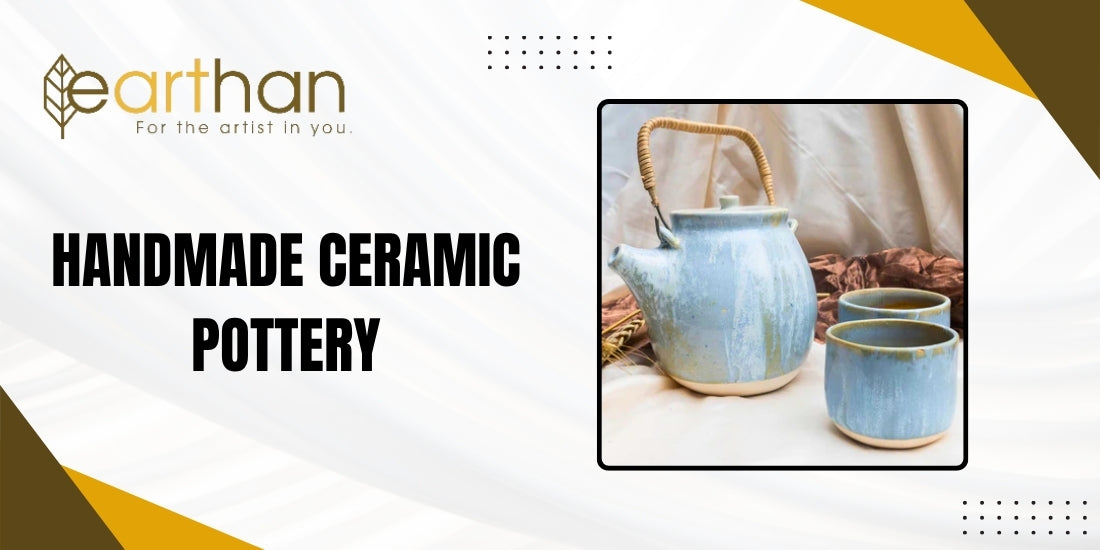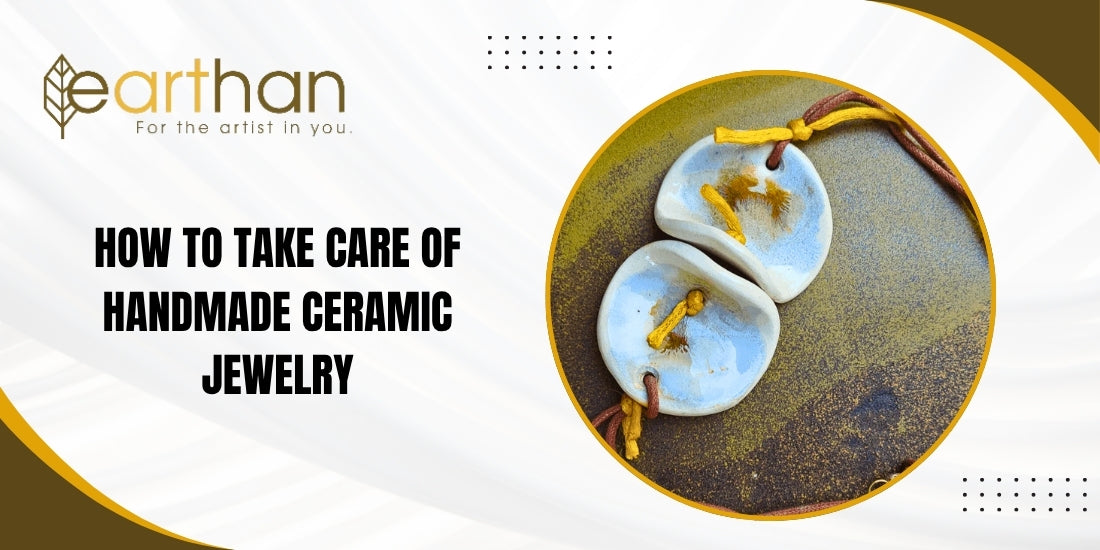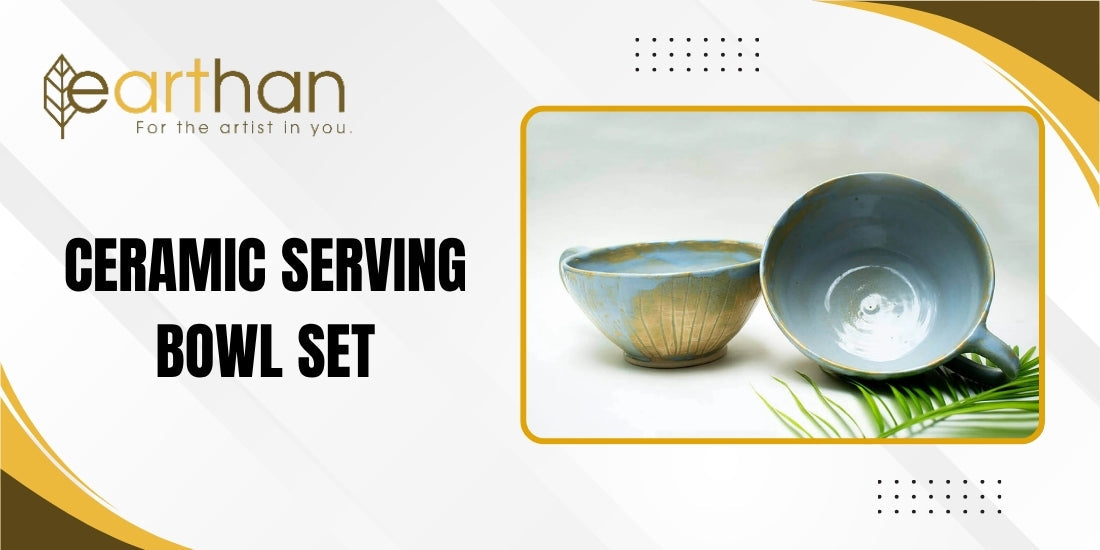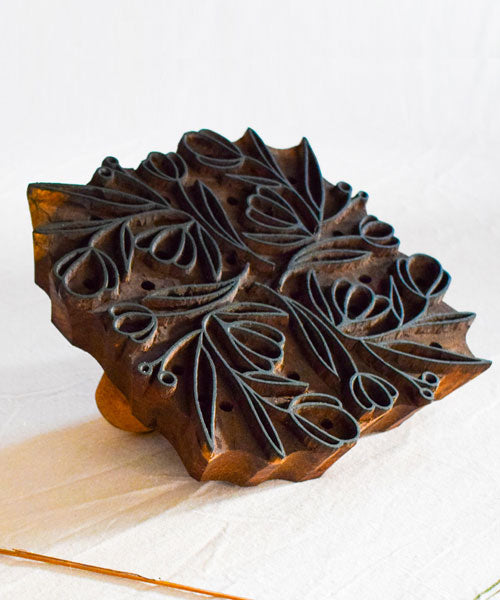Proper tableware storage is critical to ensuring the durability and quality of your plates. When dinnerware is stored carelessly, it might chip, scrape, or break. Furthermore, unorganized storage might make it difficult to discover the products you need, causing aggravation and wasting time. Implementing proper storage solutions can safeguard your investment while also providing a more efficient and pleasurable cooking and dining experience.
Not only can appropriate tableware storage prevent your dishes from harm, but it also improves the overall aesthetics of your kitchen. You may create a feeling of order and beauty by arranging your tableware elegantly.
Tableware includes a variety of objects such as plates, bowls, glasses, cutlery, serving dishes, and more. To keep each style of dinnerware in good shape, it takes a specific storage strategy. Let's take a closer look at the various types of tableware and how to store them properly.
Tableware collection can be organized by using racks or stackable plate organizers to store plates and bowls efficiently. Dishes and bowls can be separated by dividers in the cupboard, making them easier to find. Glassware and stemware are delicate and can be broken if not properly preserved. To preserve these antiques, use specially made storage boxes or hanging stemware racks. If space is limited, stack glasses and stemware upside down in a cabinet with soft, non-slip liners. Drawers are used for storing cutlery and flatware, and organizers like drawer dividers or utensil trays can help keep them organized. To prevent oxidation and tarnishing, store silverware in tarnish-resistant cloth or anti-tarnish bags.
Serving dishes like platters and bowls are larger and thicker than other tableware, so vertical storage in cabinets or pantry can maximize space. Using adjustable shelving or stackable containers can make them more accessible during meals. Choosing specialized storage solutions like plate racks or stackable organizers can prevent slipping and damage. Dividers can also be used to separate plates of different sizes and shapes.
Use flexible shelves to accommodate various sizes of plates, bowls, and serving dishes. This allows you to tailor the storage space to your specific needs while preventing overpopulation. To make the best use of available space, consider placing serving plates upright. To maximize the space in your cupboard or pantry, use flexible shelves or utilize stackable storage containers.
To keep fragile dishes from rubbing against each other, try using felt or foam plate dividers. These separators have a cushioning effect and reduce the possibility of scratches or chipping. Before storing glasses and stemware, wrap them in soft, non-abrasive material like bubble wrap or tissue paper. This extra layer of protection will assist to avoid scratches and cracks during shipping and storage. Whenever feasible, avoid stacking delicate objects on top of one another. Stacking can increase the likelihood of breaking, particularly if the components are heavy or irregularly formed. Instead, keep sensitive things in discrete protective cases or containers.
In addition to appropriate storage, keeping your dinnerware clean and free of damage is critical to its longevity. Cleaning your dinnerware on a regular basis can help to eliminate any food residue or stains. Follow the manufacturer's directions for cleaning each type of dinnerware, since various materials may necessitate special handling. Some fragile dinnerware, such as fine china or hand-painted ceramics, may require hand-washing to avoid damage. Check the manufacturer's instructions to be sure you're using the correct cleaning approach. Always treat your dinnerware with care. Avoid applying undue pressure or force to fragile things, which may chip or break. To avoid mishaps, be cautious when stacking or removing crockery from storage. Inspect your dinnerware on a regular basis for indications of wear and tear, such as chips, cracks, or discoloration. If you find any problems, treat them once away to avoid additional harm.
To keep your kitchen clean and tidy, utilize clever tableware storage containers, arrange dinnerware, and take preventative precautions. Choose storage choices that can accommodate a variety of tableware, make the most of vertical space where available, and prioritize cleaning and treatment to minimize damage and extend the life of dinnerware. With these expert tips by Earthan , you can store your tableware like a pro and enjoy a well-organized and functional kitchen. Happy organizing!

